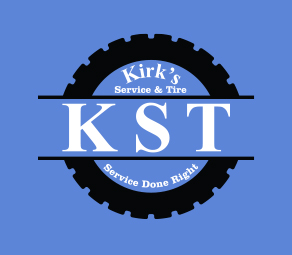
Our commercial tires are made to stand up to any distance, conditions or load. We've got the perfect tires to outfit your flees. We carry a variety steer tires, drive tires, trailer tires, and all position tires that can outfit every wheel position of your commercial truck.
Whether you’re looking for a top-tier fuel efficient tire or a more economic option, we carry a wide variety of brands and sizes. From Low Pros to Super Singles, we can get you and your truck back on the road quickly.
Knowing a bit more about your tire will help you to better pick the perfect tire for you.
You may think your tires are just wearing pieces of rubber; however, tire technology is more complicated. Your tires contain detailed layers to protect ongoing road hazards. By understanding these layers, you are better prepared for the road ahead.
This makes up the innermost part of the tire and is composed of synthetic rubber. Its function is to hold high-pressure air inside so it can’t seep through the rubber structure.
The carcass ply is directly above the inner liner and consists of textile fiber cords bonded into the rubber. This layer strengthens the tire, helps it resist pressure and determines the loading capacity.
The bead is the underlining edge of the tire that secures it to the rim. It’s composed of bead wire, steel and rubber, and works to keep the tire and rim fastened together in the event of sudden air pressure reduction.
The sidewall is located between the tread and the bead and has several functions. It keeps the carcass ply from receiving damage, protects the tire from rough impacts while driving and gives it flexibility.
The belt, also called the crown ply, is made of resistant steel cords bonded into the rubber. It’s located between the tread and carcass, and acts as a reinforcing layer to keep those parts connected.
This layer is directly underneath the tread and is made of polyester fabric that helps hold everything in place. Its function is to prevent the tires from overheating due to friction, and help them keep their shape at high speeds.
The tread is the outermost layer and contains a blend of natural and synthetic rubbers that help the tires resist heat. Because it makes direct contact with the road, it has the thickest rubber.
Information such as the Tire Identification Number (TIN), ply material, and Tire Performance Criteria Specification (TPC Spec) are labeled on the sidewall. You can also find the tire size — a combination of numbers and letters that describe the:
A three-digit number that measures (in millimeters) the tire’s outermost most edge to its innermost edge.
This indicates the sidewall’s height from rim to tread as a percentage of the section width. For example, if the number is 70, that means the height is 70 percent of the tire’s width. The bigger the number, the taller the sidewall. The smaller the number, the shorter the sidewall.
There are two types of tire construction — radial and bias-ply. An uppercase R indicates radial tires. A tire labeled with an uppercase B or D represents bias-ply tires.
The number indicating the size (in inches) of the wheel that fits the tire.
The service description includes the load index and speed rating. The load index specifies the maximum carrying capacity of the tire. The speed rating indicates the top speed a properly installed tire can reach.
Driving on worn-out or damaged tires is dangerous and is against Federal Motor Carrier Safety Administration (FMCSA) rules. If a truck driver is caught driving on unsafe tires, the FMCSA will assign points that can majorly impact a carrier's CSA score. Avoid violations and poor CSA scores by following these tips to keep your tires in good shape:
- Perform a pre-trip inspection
- Inflate to recommended PSI
- Wash the tires and wheels
- Get tires rotated regularly
- Practice good driving habits